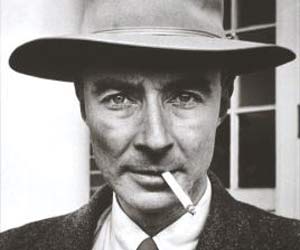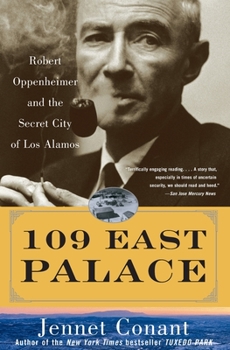109 East Palace: Robert Oppenheimer and the Secret City of Los Alamos
Select Format
Select Condition 
Book Overview
From the bestselling author of Tuxedo Park, the extraordinary story of the thousands of people who were sequestered in a military facility in the desert for twenty-seven intense months under J. Robert Oppenheimer where the world's best scientists raced to invent the atomic bomb and win World War II. In 1943, J. Robert Oppenheimer, the brilliant, charismatic head of the Manhattan Project, recruited scientists to live as virtual...
Customer Reviews
The human dynamics of the Manhattan Project
Making a Bomb
The fascinating tale of Los Alamos
Fascinating glimpse into a closed atomic community
The Biggest Scientific Project of Our Time
109 East Palace: Robert Oppenheimer and the Secret City of Los Alamos Mentions in Our Blog

Featuring a glittering, star-studded cast, Christopher Nolan's brilliant new film charts the turbulent life of J. Robert Oppenheimer, the theoretical physicist who played a significant role in developing the first atomic bombs. If you enjoyed the movie, here's your chance to learn more about this fascinating chapter from history.





